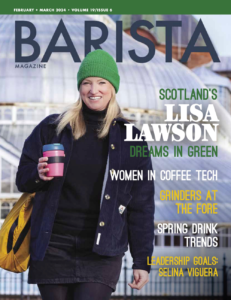[ad_1]
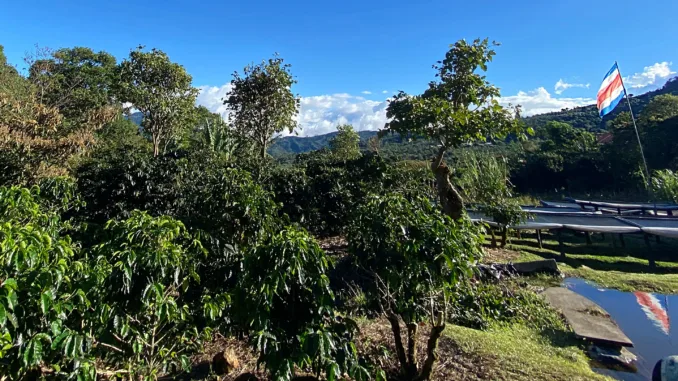
Dalla Corte’s DC Campus brings origin trips to the next level, and this year’s fun-packed edition in Costa Rica is no exception.
BY J. MARIE CARLAN
BARISTA MAGAZINE ONLINE
Photos by J. Marie Carlan
This February, espresso machine makers Dalla Corte have outdone themselves inx sponsoring the DC Campus in Costa Rica, in conjunction with the fine folks at Viaje con Café. I’ve had the pleasure of attending this magical trip to a beautiful and welcoming country.
Experiencing co-ops and smallholder farms, learning at an enormous research facility, picking coffee cherries, eating tons of delicious food, and more, we’ve been busy bees this week, and there’s still more to come!
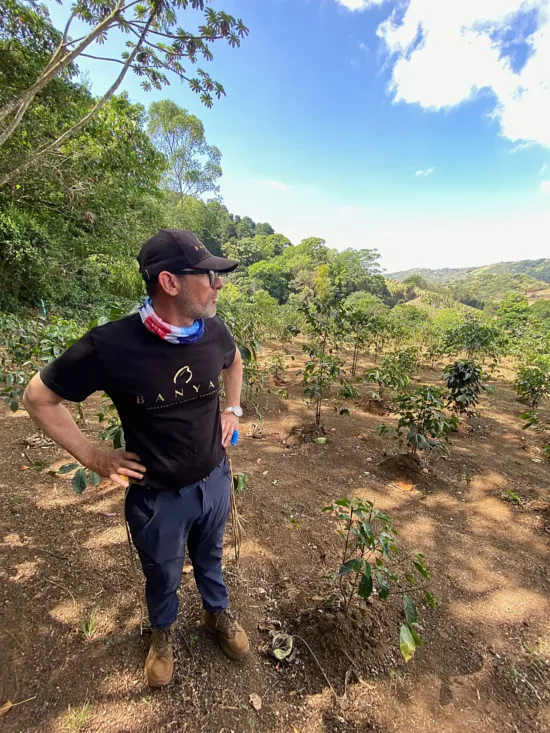
Hungarian-Owned Fincas in Costa Rica
Finca S. Anna (part of the Banyai property) is a farm owned by a father and son team from Hungary: Sándor Tóth and his son Márk Tóth. At 1,500 meters above sea level, with rich volcanic soil, this sunny hillside, interspersed with shade trees, is an ideal place to grow specialty coffee.
Sándor led us through the coffee trees, machete in hand, and allowed us to sample some of the last Gesha fruits on the trees. Normally, the fields would still be full, but unusual weather caused the harvest to come too early. He said that the harvest has been a rough one because of an overabundance of rain. Sándor was the first producer to mention this but wouldn’t be the last.
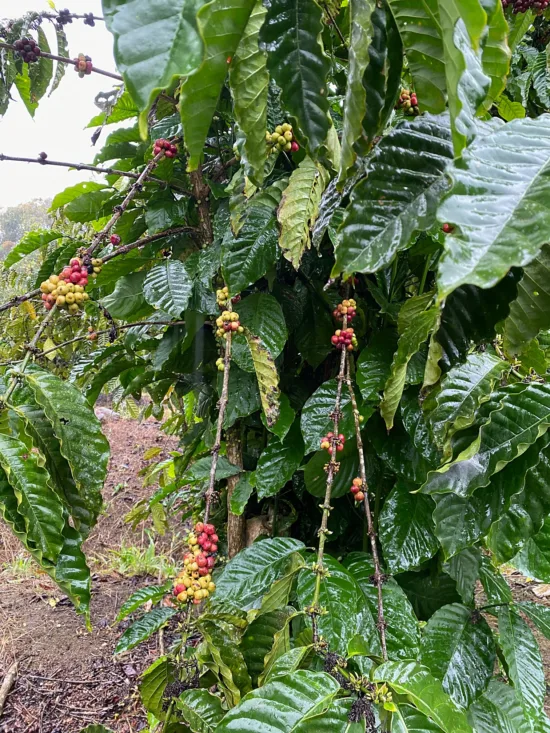
We were able to sample some of Banyai’s coffee, including a Sarchimor Reposada natural and a Bioprotective Fermented Bourbon variety. They also offered us ripe bananas from the stalk, honey made from coffee flower nectar, and a strong Hungarian liqueur called Unicum Barista, which uses Banyai’s Caturra coffee, grown especially for the purpose. The traditional Hungarian drink is made with 70 herbs, says Márk, and really packs a punch with the addition of Caturra.
The story of how two Hungarians came to buy a coffee farm in Central America from another Hungarian is an unusual one. The Tóths discovered while in Hungary that a farmer in Costa Rica they had purchased beans from had a Hungarian-sounding name. Sure enough, he was a national, and they developed a friendship. When he became too sick, years later, to continue to run the finca, the Tóths decided to take over in his stead. Now the legacy continues with fine coffees being consistently produced by the talented team at Banyai.
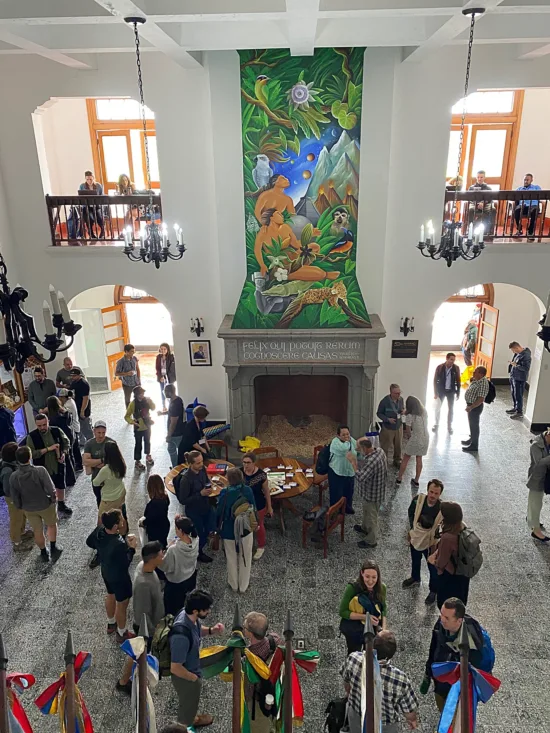
Meet CATIE
CATIE (Tropical Agricultural Research and Higher Education Center) is an enormous research facility established in Turrialba, in the Cartago Province of Costa Rica. Focused on agricultural research and biodiversity, CATIE has been working to improve coffee for over 70 years.
Their first coffee plant was from Brazil. Today, there are 1,979 varieties of coffee growing on the premises, 820 of which are arabica. Some of their coffee trees are so rare that they’re hidden on the property for protection, and only a few people know where to find them.
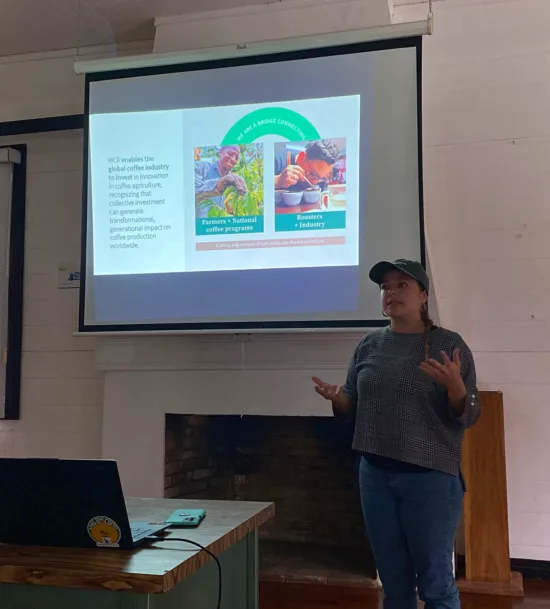
At CATIE, Emilia Umaña, the nursery development program manager for World Coffee Research, gave a presentation on coffee in Costa Rica. Emilia explained some of the challenges that farmers are facing, and just as Sándor had commented previously, she discussed the heavy rains of the past year and their devastating effects. In Turrialba, for example, where CATIE’s facility is located, the rains caused the trees to flower more than usual. “The plants used to flower three times a year,“ Emilia said. “Now they flower 15 times, so picking and operation becomes a mess.“
Unpredictability is one of the key concerns as climate change continues to affect coffee crops. World Coffee Research is working to protect future coffee generations through breeding hardier coffees and connecting roasters directly with farmers. The goal is to ensure that coffee continues to be sustainable and reliable for producers for years to come.
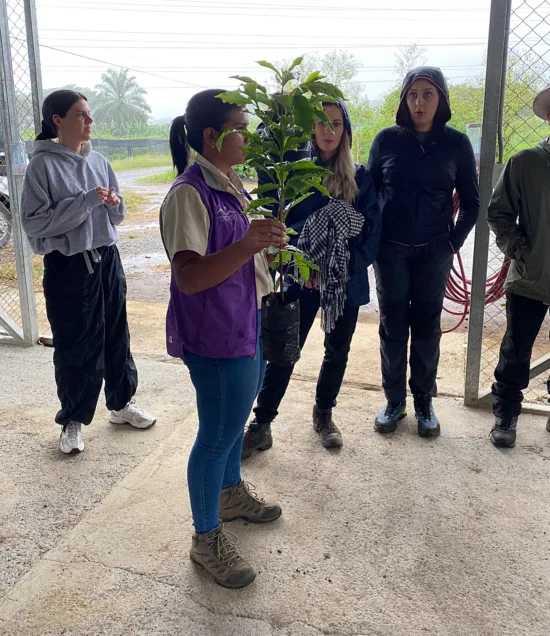
Promising Research in Costa Rica
We spent some time in CATIE’s greenhouse, where an agronomist named Carina showed us young hybrid coffee plants they’re growing. These hybrids are a cross between hardy robusta for endurance and finer arabica varieties for taste and performance. The purpose of the hybrids is to create varieties of coffee that can withstand different stressors, like coffee leaf rust, and different growing conditions like higher altitudes. It is worth noting that in Costa Rica, it is illegal to grow coffee for commercial use that isn’t arabica. The hybrids will help ensure that farmers can continue thriving, while maintaining high-quality product.
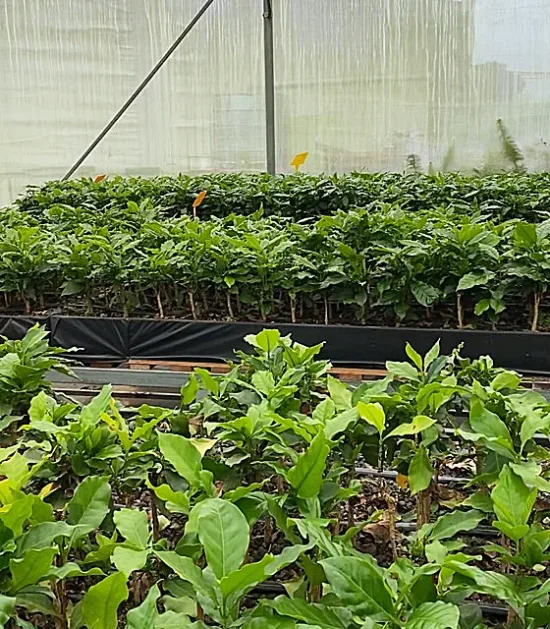
The plants in the greenhouse are regularly pruned at the top to mimic the stressors that cause coffee plant growth in the ground. The pruned leaves (two sets of two on one stalk) are used to create clones with desirable attributes. These cloned seedlings are then sold to farmers; we’ve met several farmers already who have planted these hybrids. One of the benefits of these clones is improved durability and (often) a 40% higher crop yield. Farmers in Costa Rica are getting such good results from these plants that one of them, Milenio, won the Cup of Excellence in Costa Rica in 2016.
Stay tuned for more on the 2024 DC Campus origin trip to Costa Rica!
ABOUT THE AUTHOR
J. Marie Carlan (she/they) is the online editor for Barista Magazine. She’s been a barista for 15 years and writing since she was old enough to hold a pencil. When she’s not behind the espresso bar or toiling over content, you can find her perusing record stores, writing poetry, and trying to keep the plants alive in her Denver apartment. She occasionally updates her blog.
Subscribe and More!
Out now: It’s the February + March 2024 issue of Barista Magazine! Read it for free with our digital edition. And for more than three years’ worth of issues, visit our digital edition archives here.
You can order a hard copy of the magazine through our online store here, or start a subscription for one year or two.
[ad_2]
Source link


